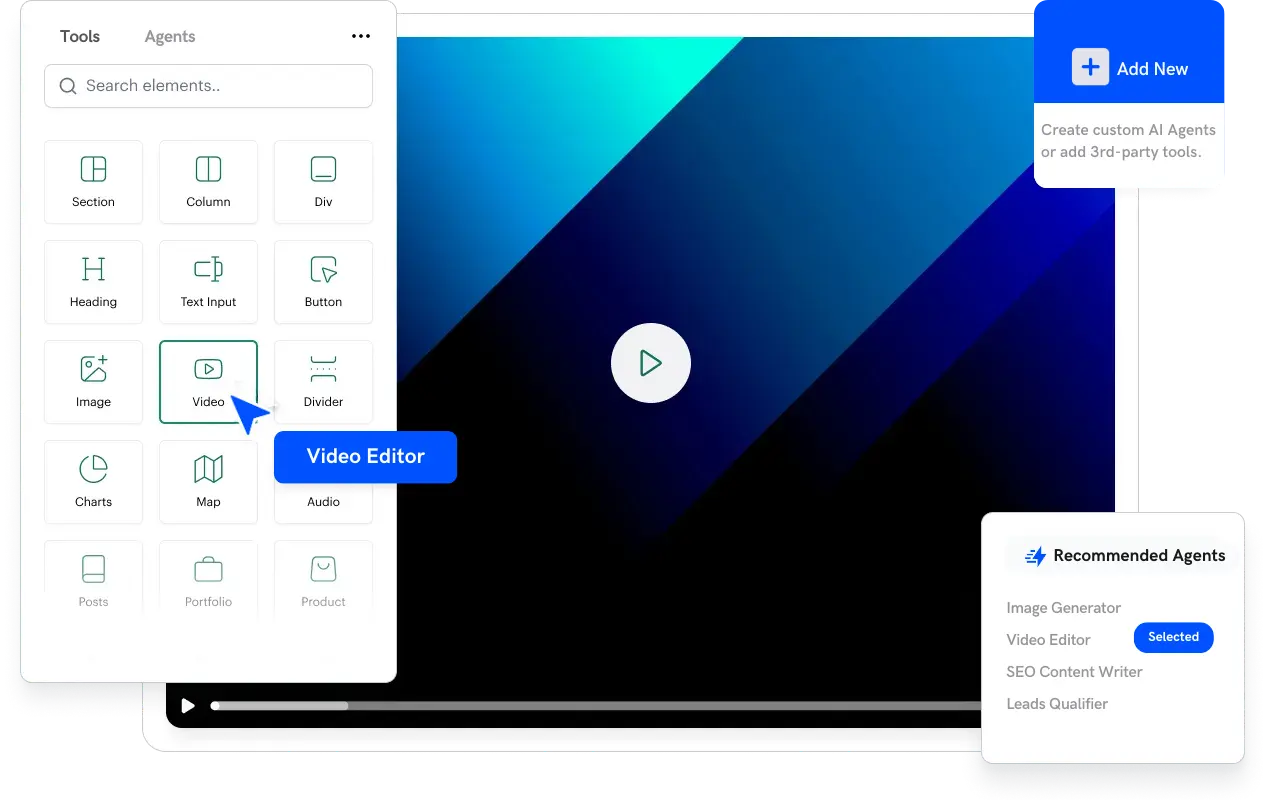Remote work has reshaped the modern workplace, but it also brings unique challenges—chief among them is maintaining effective communication across dispersed teams. AI is addressing these challenges head-on by providing innovative tools that streamline communication, enhance collaboration, and improve overall team performance. Studies from Harvard Business Review and other leading sources indicate that AI-driven communication solutions are transforming remote work dynamics.
AI-enhanced communication platforms offer features such as real-time translation, automated meeting summaries, and sentiment analysis. These capabilities help bridge the gaps created by geographical and linguistic differences, ensuring that team members remain aligned regardless of location. For example, virtual assistants can coordinate meeting schedules across multiple time zones, provide instant translations for global teams, and even highlight key points from lengthy email threads. Such functionalities eliminate common communication barriers and foster a more inclusive, productive work environment.
Beyond bridging communication gaps, AI tools also contribute to enhancing the quality of interactions. By analyzing conversation patterns, these systems can offer suggestions for improving clarity and tone, helping teams to communicate more effectively. This feedback is particularly valuable in remote settings where miscommunications can easily occur due to the absence of face-to-face interaction. Moreover, AI-driven analytics can track the frequency and quality of interactions, providing managers with actionable insights to further refine communication strategies.
The benefits of improved communication extend far beyond daily operations. When remote teams are well-connected, they are more likely to collaborate effectively on projects, share innovative ideas, and resolve conflicts quickly. This dynamic leads to higher overall team performance and a more agile organization. As remote work becomes the new norm, organizations that invest in AI-powered communication solutions are likely to see lasting improvements in both productivity and employee satisfaction.
In summary, AI is playing a crucial role in improving communication among remote teams. Its ability to break down barriers, provide real-time insights, and enhance the quality of interactions makes it an indispensable tool in today’s virtual workplace. By embracing these technologies, organizations can ensure that their remote teams remain as cohesive and effective as those working in a traditional office setting.






